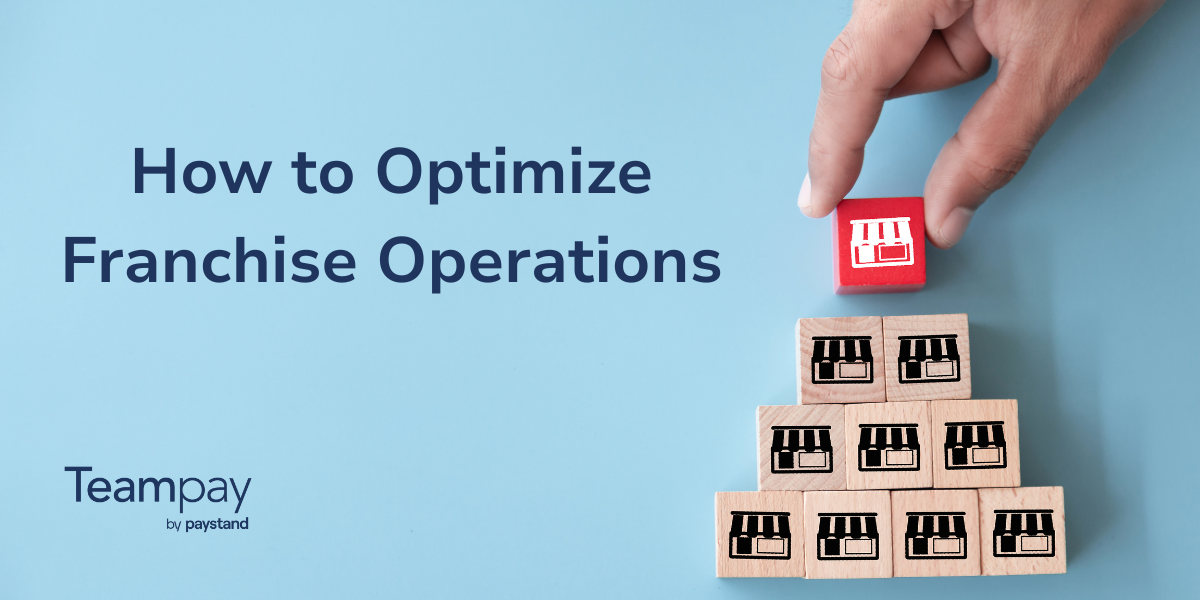When the COVID-19 pandemic first hit, businesses across the world were forced to test an entirely remote work model. More than 60% of U.S. employees had transitioned to working from home by mid-April. Many companies found themselves reeling from the initial shock, rushing to manage costs and revise strategies while finding makeshift solutions for employees to work from home.
But then, something interesting happened: remote work started to show its benefits. Companies that had previously been reluctant to allow remote work realized that their employees were just as effective working from their homes as they were in the office. The cost of rent was eliminated, as were geographical hiring constraints. Employees appreciated the extra time and increased flexibility that came with not having to commute into an office each day.
Companies have begun to offer long-term work from home options. Facebook announced that up to 50% of its employees could be working remotely within the next five to 10 years. Robby Kwok, SVP of People at Slack, penned a blog post stating that most employees would be able to work from home indefinitely. Even at smaller businesses, 74% of CFOs report that they plan to shift at least 5% of previously onsite employees to permanently remote positions post-COVID-19.
Finance teams that have historically relied on in-person interactions—to communicate with employees about the purchasing policy, hunt down paper receipts, pass around shared corporate cards, and work with team members to close the books each month—must now operate virtually. How can they empower employees to thrive in this environment?
From one office of 100 employees to 100 offices of one
Being remote doesn’t mean you have no offices; it means you have a lot of offices - one per employee to be exact. Companies that previously focused on operations from just a handful of locations now have even more to manage. And Finance is feeling the impact.
Remote employees, especially those who didn’t originally plan on being remote, have individual purchasing needs to ensure their office runs smoothly, whether that be video conferencing software or a comfortable desk chair. Companies may have gotten by with makeshift solutions in the first few months, but now they are looking to Finance to develop a long term plan, as many employees might not be returning to the office any time soon.
When work is no longer a single place, it is not feasible to rely on a shared location to conduct finance processes. Employees can’t pass around a physical corporate card to make purchases. Finance teams can’t drop by workers’ desks to collect receipts, ask a question about a purchase, or remind them to submit their expense reports. New systems are needed to support a distributed employee base.
The explosion in employee SaaS usage
In order to be productive from home, employees are increasingly turning to cloud-based platforms to do their job. Technology solutions allow teams to collaborate from anywhere in real-time—and it’s not just video conferencing software. Everything from marketing automation and CRM to spend management and ERP can live in the cloud to enable increased agility.
With so much to gain from leveraging cloud-based technology, it’s not surprising that software spending can spiral fast. Businesses with 200-500 employees use an average of 123 SaaS apps, costing over $2K per employee. It’s common for employees to sign up for a tool, use it for a while, and then stop without canceling the subscription. This comes with a cost: U.S. companies waste $28 billion per year on software that is downloaded but never actually used.
Remote employees often make purchasing decisions in a vacuum. They know what they need to be more productive, so if an app subscription will help them deliver, they’ll make that purchase. They might be unaware that another department already bought software, making their purchase redundant, or that Finance previously negotiated a better rate with the vendor. Proactive controls are needed to ensure that all purchases align with the overall business strategy.
A distributed future
As some businesses begin to reopen, companies are thinking through how they want their offices to be in the future. Some are adopting staggered or hybrid schedules. Others are keeping most employees remote and investing in smaller offices for those who have to come in. Still others are not planning to reopen at all until 2021.
But whatever your company’s exact solution is, one thing is certain: the future of work will be more distributed than ever before. This means purchasing will continue to be a democratized process in which nearly all employees participate. With employees readily seizing their autonomy, Finance can’t afford to be a bottleneck to progress.
Enabling a holistic view of all transactions happening across the company—by anyone, anywhere, in real-time—allows finance teams to maintain oversight without strangling business growth and agility. In the next phase of remote work, only finance teams that have clear visibility into company spend can share accurate and timely insights with key stakeholders in order to make smarter decisions, faster.












